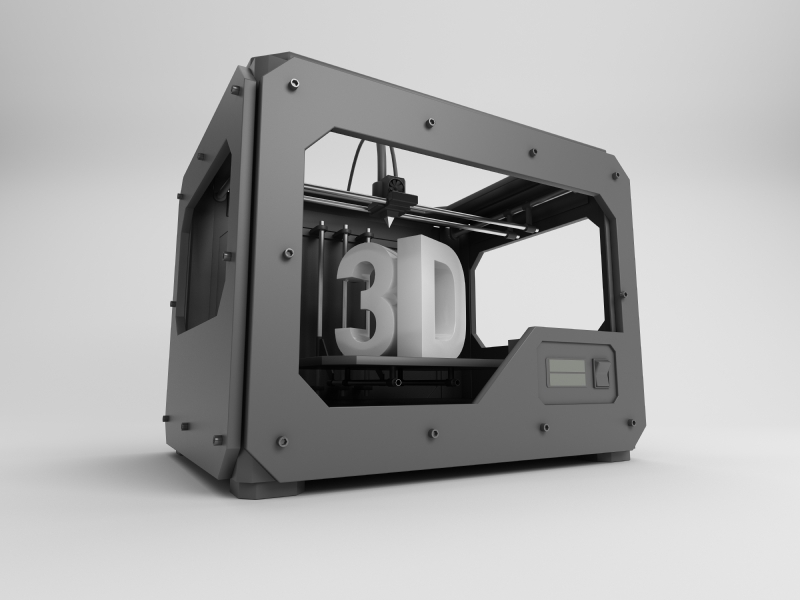The James Dyson Prize for innovative, investigational projects has just been awarded to two students, Arianna McAllister and Lian Leng, of Toronto University for their invention of the bio-printer, Print Alive. This fast, inexpensive printer, which is no bigger than a microwave, can produce human skin grafts which could be particularly useful in the treatment of severe burns.
Nowadays, when treating extensive burns, doctors have to collect samples of healthy skin and graft them onto the burned sections. This painful stage could now be omitted. The 3D printing of large layers of skin would include the following components: hair follicles, cavities in which the hairs grow and sweat-secreting sudoriparous glands, all of which develop from the patient’s own cells. The problems of tissue rejection would be eliminated with this method.
According to Doctor Marc Jeschke who helped the students, “90% of burns occur in countries with a low to moderate revenue and higher mortality and morbidity rates due to poorly equipped health care systems and inadequate access to burn treatment centres. Regenerating the skin by using the patient’s own stem cells may significantly decrease the risk of death in developing countries”.
The printer is still at the experimental stage. Clinical trials are expected in 3 years’ time.
Sciences et Avenir (Lise Loumé) 28/10/2014

